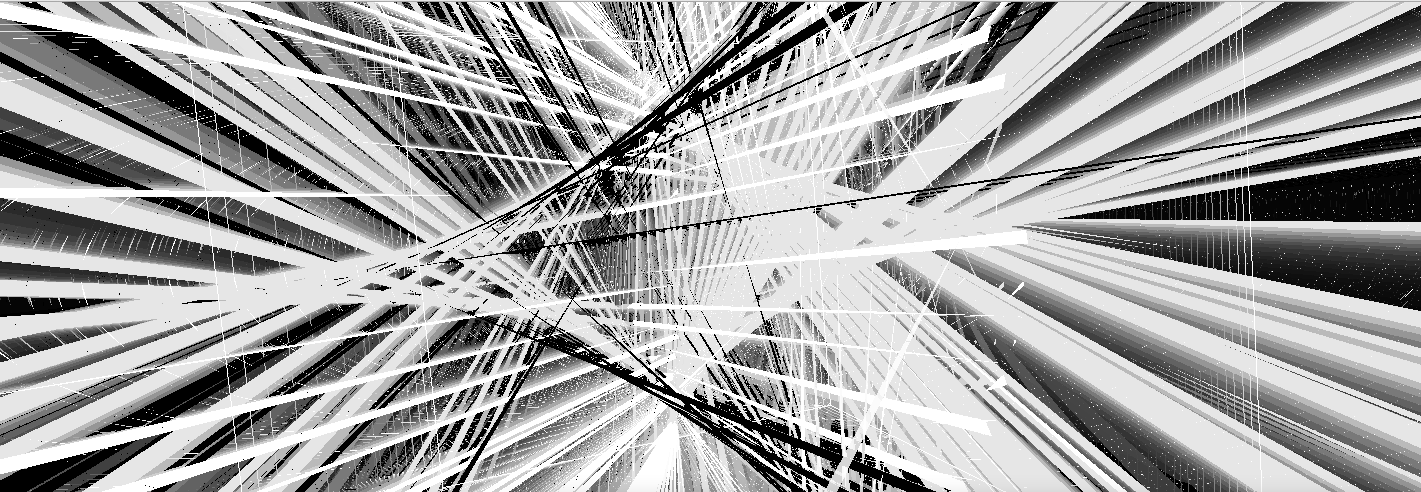
PANOPTICS
Panoptics is an attempt to reconstruct an artistic microcosm of the current state of surveillance, exploring the psychology of those who interact with such systems, the technical challenges to develop such systems and the critical understanding of how these systems are affecting our culture and society.
Installed as an immersive, audience driven, audio-visual installation and built as an artistic questioning of surveillance in contemporary digital culture, PANOPTICS was installed in Oliver Francis Gallery[1] in May of 2013. Constructed as multiple software packages using Max/MSP[2], the entire system was created as an interactive narrative installed in three rooms. Based on ideas from Michel Foucault's Discipline and Punish[3], Jeremy Bentham's Panopticon[4], and the theories of Steve Mann[5], the original installation addressed ideas of sousveillance and surveillance in contemporary digital culture.

The exhibition is comprised of a complex surveillance network in which the audience is effectively, for the duration of their time in the space, being watched. The need for individuals to document their lives and to keep in touch through social networking has created a new reality, a new simulated layer of existence. Upon entering the space, the installation does not draw light to the fact that the audience is being surveilled, but with the view from the third room, they will gain insight into what is happening. The narrative of the space, that is to say the narrative that is unveiled as the member of the audience moves through the space, is not fully shown until they see the surveillance monitors, at which point they realize that they, as audience, have taken a role in the creation of the audio and visual components of the work. At this point, they will either choose to leave or opt into the system of surveillance, and participate in the audiovisual composition. This is parallel to the contemporary daily choice to interact online and interact with society exposing information about the self. The audience does not have finite control over the system but rather, the system reflects their presence in the space.
By using a surveillance system as its basis, Panotics poses questions about surveillance networks that we willingly participate. What advantages do we as consumers get out of the participation in such networks? Does the participation in such networks of the general populous pay off? As we move further into the realm of tightly monitored and controlled systems, are we willingly perpetuating the digital divide exasperating the gap between the digital haves and have nots. As society moves into further states of moderated data flow, how do begin to culturally digest the profound implications these systems have on society? Panoptics simply tries to raise this dialogue and explore how we as humans interact and understand our use of these systems. Systems that are at their basic level tools, tools that have grown into prosthesis. Ultimately Panoptics is an exploration into what can be learned and observed in the construction of a networked observational system as well as an exploration of the dialogue that takes place around the importance of these systems.
---------------------------------------------
footnotes:
[2] Max/MSP
[3] Michel Foucault's Discipline and Punish
[4] Jeremy Bentham's Panopticon
[5] Steve Mann